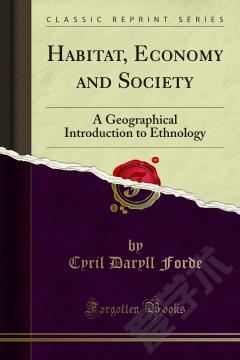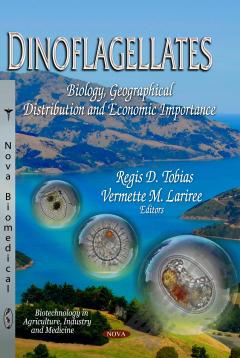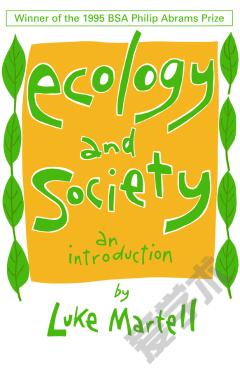Habitat, Economy and Society —— A Geographical Introduction to Ethnology
----- 栖息地,经济和社会
Yet despite the wonders, absurdities and indecencies which they observed, they could have no doubts that our bodies were essentially like their own, and that we depended on food obtained from plants and animals, although we apparently had a magic which made the plants grow as abundantly as we wanted and the animals herd together as tame as dogs wherever we put them, ready to be slaughtered at will. They could see that tools were cunningly fashioned from trees and stones that were dug up from the ground: in a word, that we used the resources of the same earth as themselves, that we had regulations of conduct some of them similar to their own, and, like theirs, sometimes broken. If then the same film were later shown to a Samoyed in North Siberia, a Melanesian, an East African negro, an Indian ryot in an isolated Deccan village, these people would, in roughly that order, recognize more and more in our way of life as similar to their own. The Samoyed would be amazed at the Tasman ian's ignorance of domestic herds, the Melanesian at the Samoyed's ignorance of agriculture, the East African at the Melanesian's lack of metal tools, the Indian at the East African's lack of carts and his failure to use his beasts for burden and plough. Even to-day, when European practices are penetrating to the remotest comers of the continents, there still remain great contrasts in the basic economy of peeples in different lands similarly, there is a wide range in the scale of their social grouping, from independent family groups to large confederacies of tribes and powerful states. Five hundred years ago, before the Great Age of Discovery Opened, the relative isolation of these different ways of life was far greater, so that the records of travellers and explorers, from Marco po10 to Philby, have continually added to our knowledge of the varieties of human life, custom and belief. With the accumulation and comparison of ethnographical records we advance slowly towards a fuller understanding of the underlying factbrs and processes.
{{comment.content}}








 京公网安备 11010802027623号
京公网安备 11010802027623号